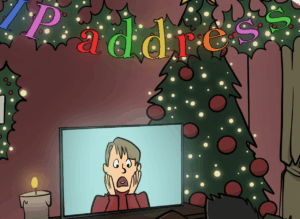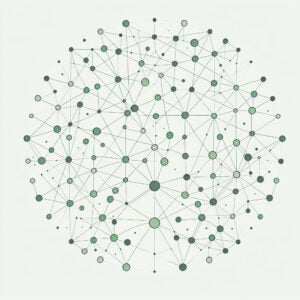 When you put five magazine magnates in a room and ask them about the future of print, things get a little tense.
When you put five magazine magnates in a room and ask them about the future of print, things get a little tense.
“Fear is not a strategy,” said Condé Nast President Robert Sauerberg, asked if he was afraid of print going away. “I’m not afraid of anything. I have the greatest brand in the world.”
“You don’t define yourself by your distribution vehicle, and for too long the magazine industry defined itself that way,” said Joe Ripp, CEO of Time Inc. “From the first day I came back, I said we are not a magazine company. We have amazing content creators, [and] that’s to be enjoyed on whatever vehicle people want to enjoy it on.”
Ripp and Sauerberg made their comments Tuesday during a panel at the American Magazine Media 360 Conference in New York City. They were joined by Rodale CEO Maria Rodale, Meredith CEO Stephen Lacy and Hearst Magazines President David Carey.
Each panelist has taken his or her own unique approach to the same dual challenge: namely, seizing on growth opportunities in digital while managing the more profitable print business as it declines.
Hearst values print to elevate its brands.
“With print being the core of our business today, the physicality, the tactile expression is very important,” Carey said. “You hear of ecommerce brands opening physical stores. That credibility and trust we have gives us permission to do other things.”
But agencies now devote fewer resources to print campaigns and media buying. None of them liked hearing moderator Michael Wolff bring that up.
“It’s not fair that brands are not looking at print the same way they used to,” Sauerberg said. “We’re putting programs in place that help advertisers solve their problems, make it easy to do business with us and put more [ad] products on the table. We all go to market selling programs, and that includes digital programs.”
“Our ad revenue was up dramatically on the digital side [last quarter], but we still do a lot more print advertising, and it still has a better ROI by a factor of two times,” Lacy said, referencing a study Meredith did with Nielsen.
Selling print now means packaging it with digital and video content, and beefing up internal creative resources.
“Everything needs to be integrated because that’s how customers lead their lives,” Rodale said. “The story is the same for ad agencies and magazine media companies: The walls are coming down. We need to learn how to be flexible and nimble in a way that gets our message across. Sometimes that’s print, sometimes that’s video.”
Yes, video. With print long beleaguered, the group seemed eager to see another storied distribution channel flounder: television.
“There was a time that TV was able to raise CPMs 10% every year even with declining audience. Now, I think for the first time ever, you’re seeing real cracks,” Carey said.
All are focused on expanding video content to grab those shifting television dollars.
“We absolutely will compete with Time Warner” now that the spinoff is complete, Ripp said, noting that it was difficult for Time properties to pursue anything video-related while it was part of a cable company. “We are ready to acquire, reinvent and become a major cross-platform media company.”












